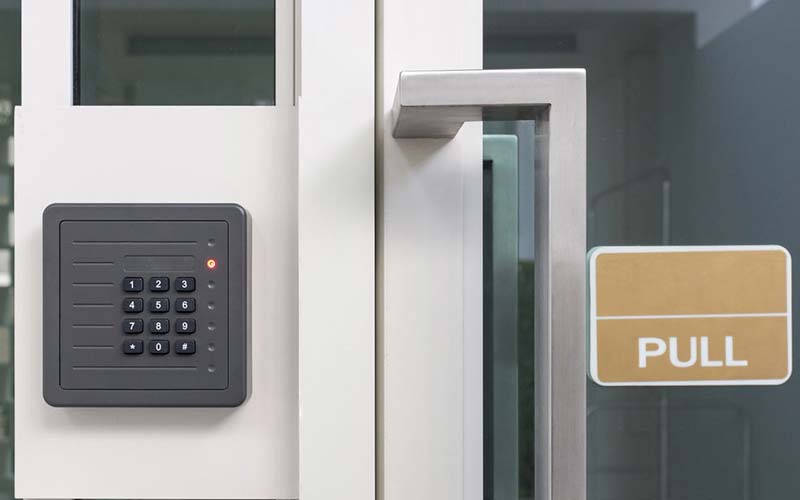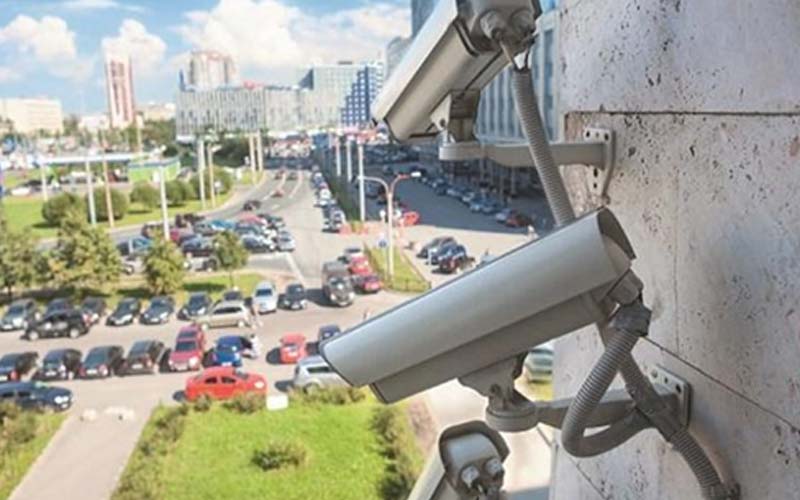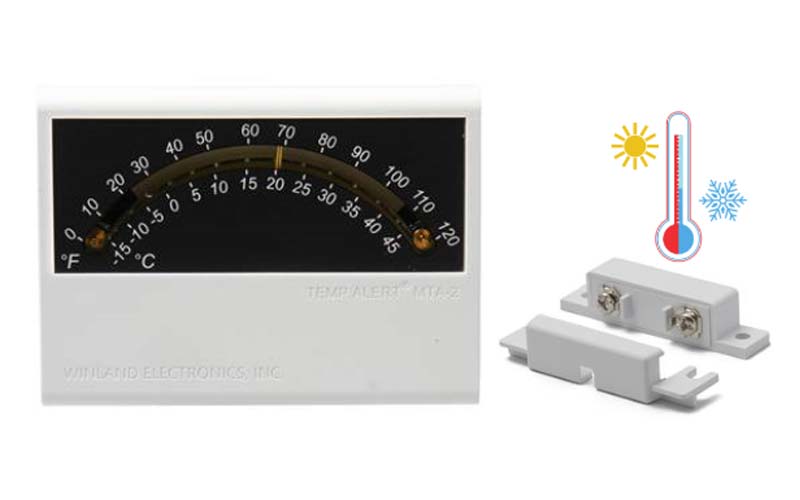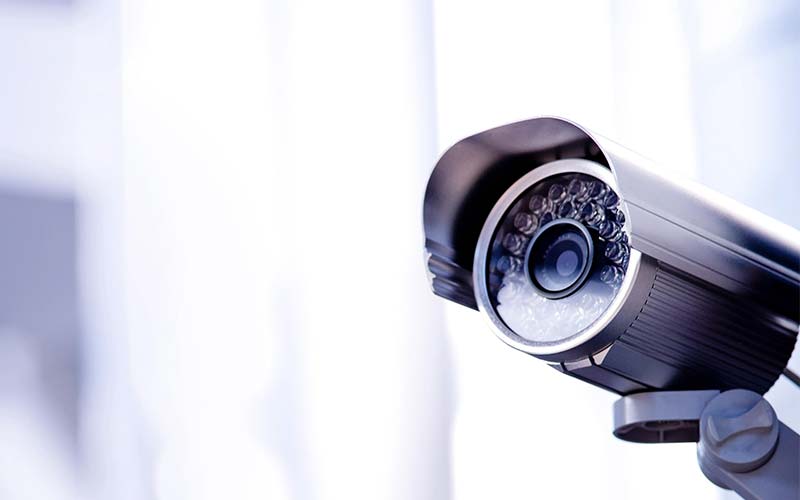In today’s dynamic work environment, ensuring the security of your workplace is paramount. Access control solutions can be essential for safeguarding sensitive information, protecting valuable assets, and maintaining a safe and efficient workspace. By implementing an access control solution, you can prevent unauthorized entry, reduce the risk of physical data breaches, improve the safety of your staff, and ensure that only authorized personnel have access to specific areas within your business.
Access Control isn’t just for buildings, either. It can be used to gain access to parking lots, interior rooms with sensitive products or information, or even drawers or cabinets. Access Control systems are more secure & versatile than physical keys and here are some of the reasons why:
- Easier to add and remove access
- No worries about employees making an unauthorized copy
- Provide an audit trail so you know who was where and when
Best Practices for Your Business Access Control
1 Customized Access Control Card Appearance: Some Access Cards are nondescript, making it difficult to distinguish access levels or even identify the company. Others use color coding or other indicators to show access levels. Some even include the employee’s picture on the Access Card.
2 Access on a Schedule: The best practice is to only grant the access level necessary for the individual to perform their job function. This means you can limit the days of the week and times of the day the person has access. If your cleaning company only comes on Friday nights, their access doesn’t need to include the rest of the week, for example.
3 Increase Security with More Access Levels: Some systems use only a physical card or badge. Others enhance security by pairing it with a key code or even biometrics. The choice depends on the security requirements of the business.
4 Use a Mobile Device: Don’t want to have to mess with an Access badge or Access fob? Mobile access credentials can also be stored on a cell phone and used for access via Near Field Communication (NFC) or Bluetooth.
5 Improve Encryption: Traditional Proximity or “Prox-Based” access control methods have become less secure and can be vulnerable. Proximity cards use low-frequency technology that can leave unencrypted information vulnerable to hackers and identity thieves. Security can be enhanced by using newer iCLASS or SEOS access credential
6 Pair with Video: By integrating video with your access control, you can log who used the badge and review the footage for any employee. This allows you to verify if the correct person used their Access Credential, whether they were accompanied, and if they held the door for someone else.
7 Use a Visitor Management System: Track people as they check in and out of your access control system and record whose guests they were. You might issue them a visitor’s badge. For added security, consider implementing a process to verify the visitor’s identity.
8 Plan for Exceptions: If someone needs one-time access to an area they are usually restricted from, have a plan in place for how you handle that. Generally, you want to be able to provide increased access for the required times/days if only for a short time.
9 Train Employees in Access Control: Informing employees about the purpose and use of the access control system can help build trust and foster a positive culture. Additionally, ensure employees understand not to share their access credentials and to stay aware of their surroundings when using their credentials.
10 Establish an HR Process: Know how to add or remove employees, who is responsible for it, and what information to record about former employees before deleting them (such as their access history). Additionally, each department can have a default profile to streamline onboarding new staff based on their department.
11 Have Your System Set Up by a Security Company: Take advantage of the expertise a professional security company can bring to setting up your access control system. They can advise you on the best way to meet your security goals and make sure there aren’t any gaps in your coverage.
12 Have Your System Managed by a Security Company: A Security company can manage all of your access control system or just fill in as needed. If you decide to manage it in-house, you run the risk that the knowledge of how to manage the system could be lost with the loss of an employee. Plus, most security companies can provide assistance 24/7.
If you need help managing your access control. Reach out to SEi Security today.













